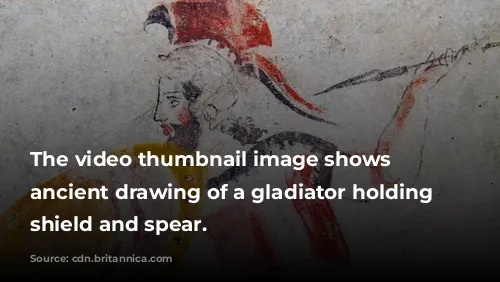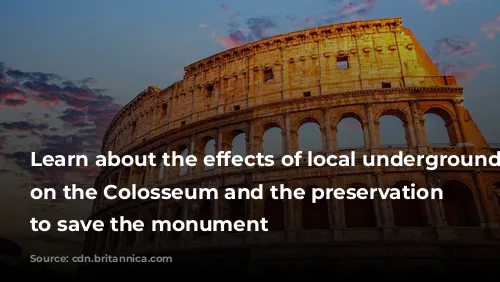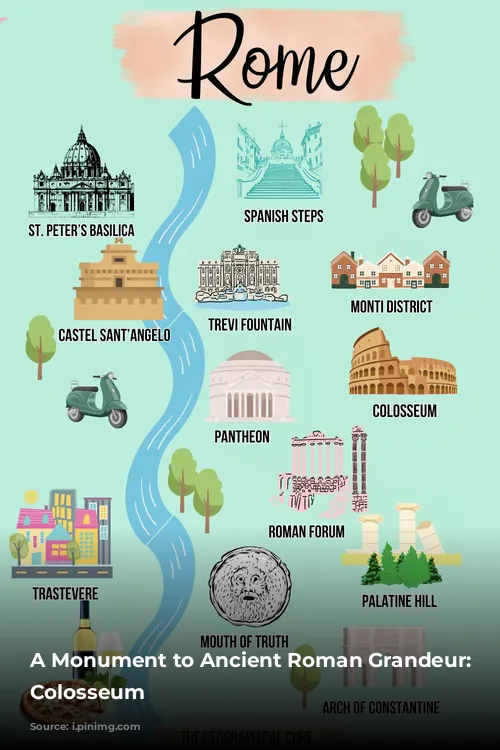Standing as one of the few largely untouched structures from the Roman Empire, the Colosseum serves as a testament to the architectural and engineering brilliance of ancient Rome. Today, this awe-inspiring landmark is a significant source of revenue for the Italian government. In 2018, the Colosseum, Roman Forum, and Palatine Hill collectively attracted over $63.3 million (€53.8 million) in tourist income, making it the most popular tourist attraction in Italy.
The Colosseum’s journey has been a roller coaster of fortunes. After the fall of the Western Roman Empire, the Colosseum fell into disrepair. During the 12th century, the Frangipane and Annibaldi families repurposed the arena, turning it into a fortress. In the late 15th century, Pope Alexander VI allowed the Colosseum to be used as a quarry. After over a millennium of neglect, the Italian government initiated restoration efforts in the 1990s.
The Rise of a Colossal Entertainment Venue
The Colosseum’s construction was part of an imperial effort to revive Rome after the tumultuous year of the four emperors in 69 CE. Like other amphitheatres, Emperor Vespasian envisioned the Colosseum as a hub for entertainment, hosting gladiator fights, animal hunts, and even mock naval battles.
Construction of the Colosseum commenced under Emperor Vespasian between 70 and 72 CE. The completed structure was dedicated in 80 CE by Titus, Vespasian’s son and successor. The Colosseum’s fourth story was added by Emperor Domitian in 82 CE. It is important to note that the arena was funded by the spoils of Titus’s sack of Jerusalem in 70 CE and built by enslaved Jews from Judea.
A Symphony of Stone and Concrete
The Colosseum is an amphitheatre built in Rome under the Flavian emperors of the Roman Empire. It is also known as the Flavian Amphitheatre. This elliptical structure is made of stone, concrete, and tuff, reaching a height of four stories. Measuring 620 by 513 feet (189 by 156 metres), it had the capacity to accommodate up to 50,000 spectators. The Colosseum was famously used for gladiatorial combat.
The Colosseum is situated east of Palatine Hill, on the site of Nero’s Golden House. The artificial lake, the centerpiece of Nero’s palace, was drained to make way for the Colosseum. This decision was symbolic as well as practical. Vespasian, who had humble beginnings, chose to replace the tyrannical emperor’s private lake with a public amphitheatre that could host tens of thousands of Romans.

A Masterpiece of Roman Engineering
The Colosseum was officially inaugurated in 80 CE by Titus in a ceremony that lasted 100 days. Later, in 82 CE, Domitian completed the construction by adding the uppermost story. Unlike earlier amphitheatres, which were mostly built into hillsides for added support, the Colosseum is a freestanding structure of stone and concrete. It features a complex system of barrel vaults and groin vaults, measuring 620 by 513 feet (189 by 156 meters) in size. Three of the arena’s stories are encircled by arcades, framed by engaged columns in the Doric, Ionic, and Corinthian orders. This rising arrangement of columns influenced the Renaissance codification of architectural orders. The primary structural framework and facade are made of travertine, the secondary walls are volcanic tufa, and the inner bowl and the arcade vaults are made of concrete.
The amphitheatre could seat approximately 50,000 spectators, who were protected from the sun by a massive retractable velarium (awning). Supporting masts extended from corbels built into the Colosseum’s top story, and hundreds of Roman sailors were responsible for operating the rigging that extended and retracted the velarium. The Colosseum was the scene of thousands of hand-to-hand combats between gladiators, contests between men and animals, and larger combats, including mock naval battles. However, the arena’s role in the martyrdom of early Christians remains uncertain.

A Legacy of Resilience and Transformation
During the medieval era, the Colosseum was used as a church and later as a fortress by two prominent Roman families: the Frangipane and the Annibaldi. The Colosseum suffered damage from lightning, earthquakes, and, most significantly, from vandalism and pollution. All the marble seats and decorative elements disappeared as the site was used as a quarry for over 1,000 years. Preservation efforts for the Colosseum began earnestly in the 19th century, led by Pius VIII, followed by a restoration project in the 1990s.
The Colosseum continues to be one of Rome’s leading tourist attractions, welcoming nearly seven million visitors annually. The site hosts regular exhibitions related to the culture of ancient Rome, offering visitors an insight into the captivating history and grandeur of the Roman Empire. The Colosseum stands as a remarkable testament to the enduring legacy of ancient Rome, a symbol of its strength, artistry, and enduring allure.

